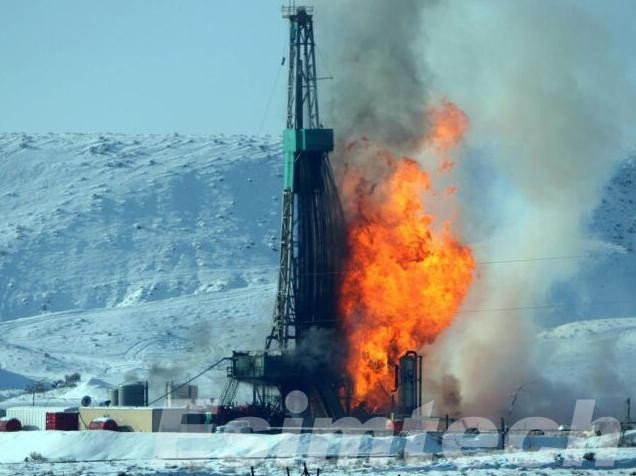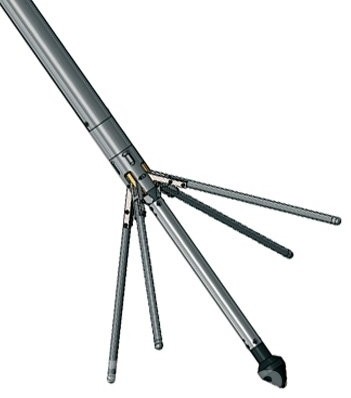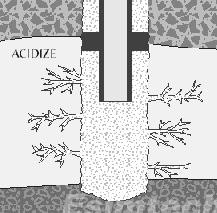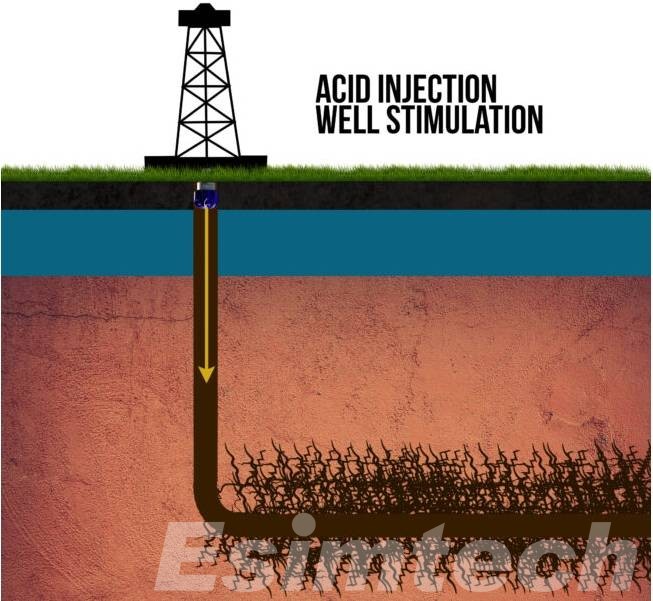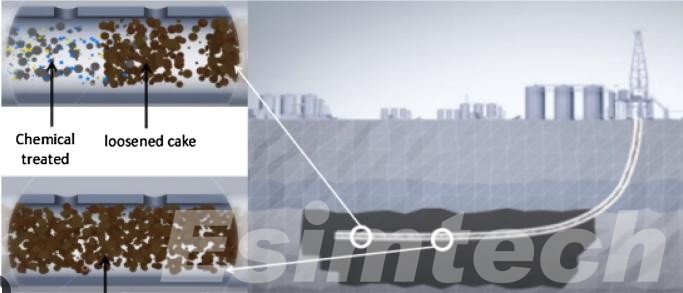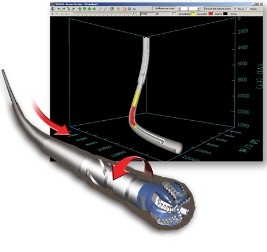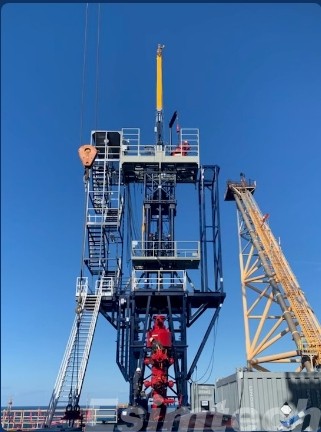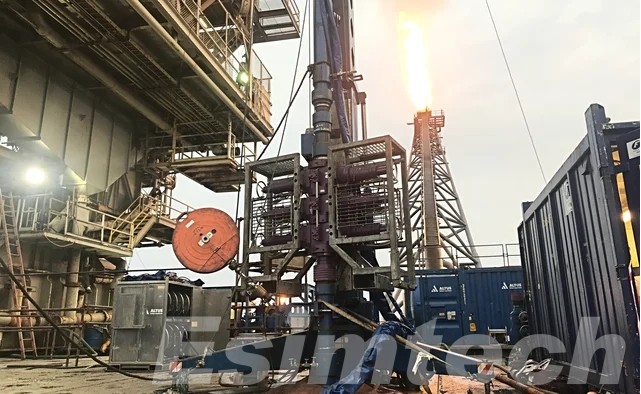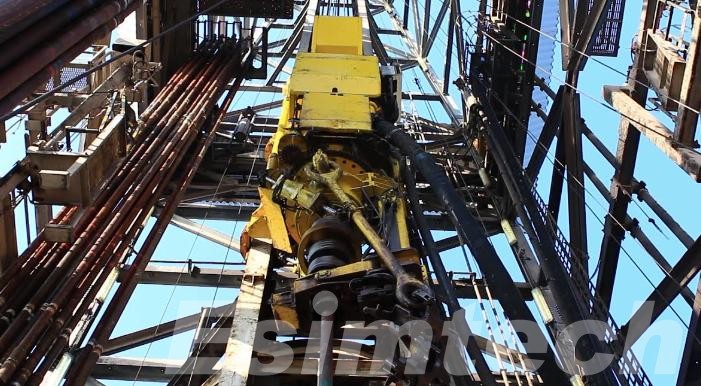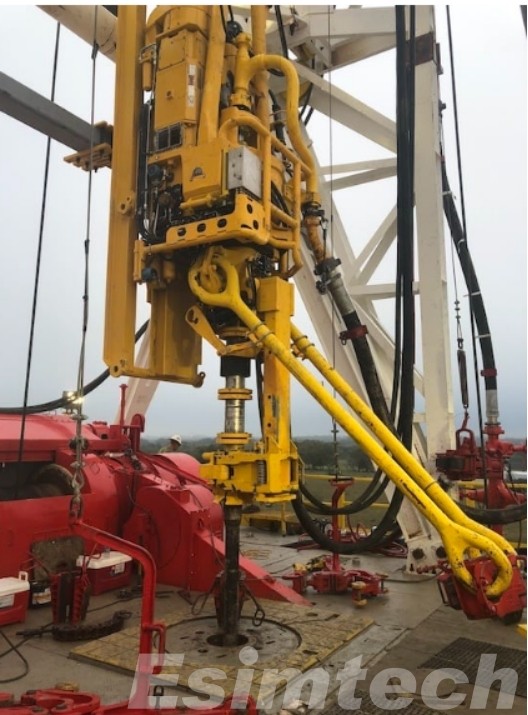Real-Time Monitoring Systems and Decision Support Tools in Oil and Gas Drilling
In the fast-paced and demanding world of oil and gas drilling, integrating real-time monitoring systems and decision support tools has become critical for optimizing operations, maintaining safety, and increasing efficiency. This article delves into the significance of real-time monitoring systems and decision support tools in oil and gas drilling, highlighting their functionalities, benefits, and impact on…

